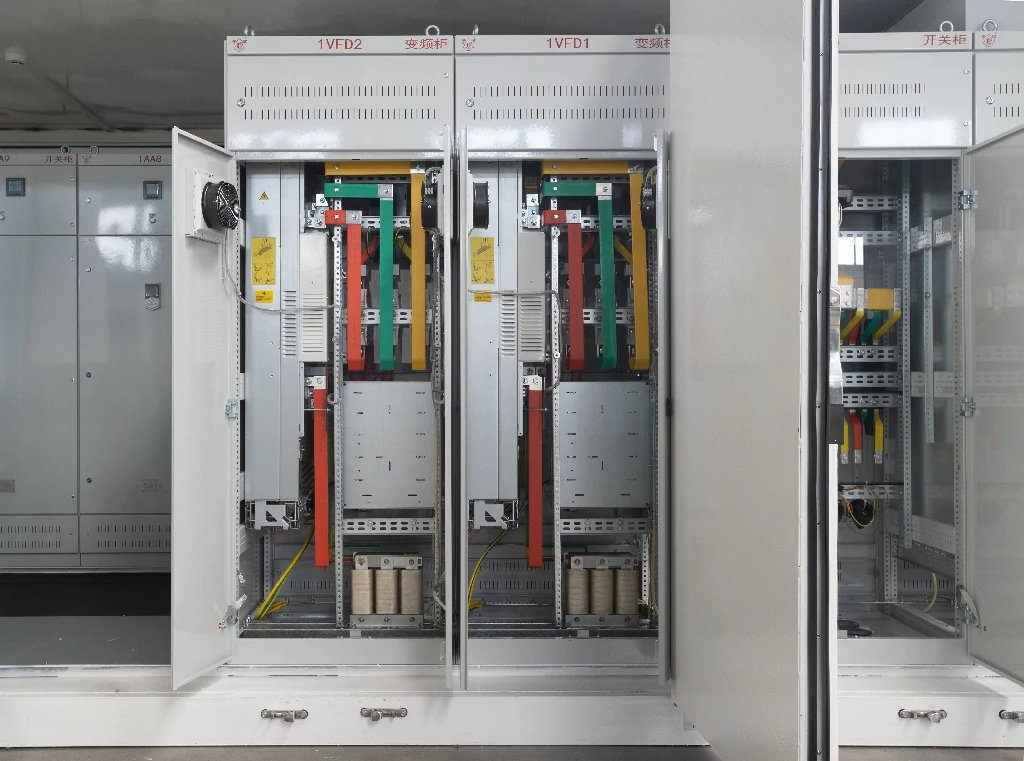When it comes to securing enclosures, equipment, or access panels, selecting the right type of latch is crucial. Two of the most commonly used options are compression latches and cam latches. While they may appear similar in function at first glance, their designs and applications differ significantly. Understanding these differences will help you make an informed decision based on your specific requirements.
In this article, we will explore the key characteristics, advantages, and ideal use cases for both compression latches and cam latches, helping you determine which one is best suited to your needs.
What Are Compression Latches?
Compression latches are designed to provide a secure closure with the added benefit of compressing a gasket or seal. These latches create a tight seal between two surfaces, making them ideal for applications where environmental protection is critical. They are commonly used in industries such as transportation, electrical enclosures, telecommunications, and HVAC systems.
Key Features of Compression Latches:
- Sealing Capability: Compression latches are engineered to compress a gasket, ensuring a watertight or dustproof seal. This makes them ideal for outdoor or harsh environments.
- Vibration Resistance: These latches are effective at minimizing vibration and preventing rattling during operation, which is particularly useful in vehicles or machinery.
- Adjustability: Many compression latches offer adjustable compression levels, allowing users to fine-tune the seal based on their specific requirements.
- Durability: Typically made from robust materials such as stainless steel or zinc alloy, compression latches are built to withstand tough conditions.
Advantages of Compression Latches:
- Superior sealing performance for environmental protection.
- Enhanced security due to their robust design.
- Reduced noise and vibration in dynamic environments.
Applications for Compression Latches:
- Electrical and telecommunications enclosures that require protection from water or dust ingress.
- Transportation equipment such as trucks, trains, and boats where vibration resistance is critical.
- HVAC systems and industrial machinery that need a reliable, sealed closure.
What Are Cam Latches?
Cam latches, on the other hand, are simpler in design and function. They consist of a cam arm that rotates to secure a door or panel in place. Cam latches are widely used in applications where sealing is not a primary concern but quick and convenient access is important.
Key Features of Cam Latches:
- Simple Mechanism: The basic design of a cam latch makes it easy to operate and install.
- Cost-Effective: Cam latches are generally more affordable than compression latches due to their simplicity.
- Versatility: They are available in various sizes, styles, and finishes to suit a wide range of applications.
- Quick Access: Cam latches allow for fast opening and closing, making them ideal for frequently accessed panels.
Advantages of Cam Latches:
- Eenvoudig te installeren en te bedienen.
- Cost-efficient solution for non-critical applications.
- Available in a variety of configurations to meet aesthetic or functional needs.
Applications for Cam Latches:
- Cabinets and furniture where quick access is required.
- Light-duty enclosures that do not require sealing against environmental elements.
- Office equipment, storage units, and general-purpose panels.
Key Differences Between Compression Latches and Cam Latches
While both types of latches serve to secure doors or panels, their differences lie in functionality, complexity, and application focus. Below is a comparison of their key attributes:
| Feature | Drukvergrendelingen | Sluitlippen |
|---|---|---|
| Sealing Capability | Provides a tight seal for protection | Minimal or no sealing capabilities |
| Vibration Resistance | Excellent resistance to vibration | Limited resistance |
| Complexiteit | More complex design | Simple mechanism |
| Kosten | Higher cost due to advanced features | More cost-effective |
| Toepassingen | Harsh environments requiring sealing | General-purpose use |
Factors to Consider When Choosing Between Compression Latches and Cam Latches
To determine which latch best fits your needs, consider the following factors:
Environmental Conditions:
- If your application involves exposure to moisture, dust, or extreme temperatures, compression latches are the better choice due to their sealing capabilities.
- For indoor or low-risk environments, cam latches may suffice.
Frequency of Access:
- For enclosures or panels that require frequent access, cam latches provide a simpler and quicker solution.
- Compression latches are better suited for applications that prioritize security and sealing over ease of access.
Budget Constraints:
- If cost is a primary concern, cam latches offer an economical option without compromising basic functionality.
- Compression latches may require a higher investment but provide additional benefits such as durability and environmental protection.
Vibration and Noise Concerns:
- For applications involving moving equipment or vehicles, compression latches excel at reducing vibration and noise.
- Cam latches may not perform as well in such scenarios.
Aesthetic Requirements:
- Both types of latches come in various finishes and designs, but cam latches often offer more customization options for aesthetic purposes.
Conclusie
Choosing between compression latches and cam latches ultimately depends on your specific application requirements. If you need a secure latch that provides environmental sealing and vibration resistance, compression latches are the ideal choice. On the other hand, if you prioritize simplicity, cost-effectiveness, and quick access, cam latches may be more suitable.
By carefully evaluating factors such as environmental conditions, frequency of use, budget, and functional needs, you can confidently select the latch that best fits your project. Whether you're securing an industrial enclosure or a storage cabinet, understanding the strengths of each latch type will help you achieve optimal performance and reliability.







